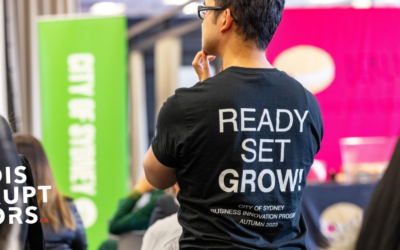Tim was in a sweat. Years of planning and effort had brought the global software organisation that he worked for so far, but it felt like things had stalled.
From his desk drawer he removed two folders and laid them out on his desk. “Here’s one comms plan”, he says frankly, “it didn’t work”. Opening the other folder and spreading out the pages, he explains, “this comms plan failed too, but seemed to work better. Still … we are not getting the results we need”.
The company itself was busily absorbing a recent merger and Tim’s team was responsible for re-engineering not just the way that work was done. There was a shift in culture required. New tools and technology. And it all had to stick. A commitment had been made to deliver organisational capability at a global scale – and audit teams were due to begin their assessment within months. Over on the wall was a description of the objectives that needed to be achieved. They were written in firm, focused language and described the end state. The “maturity model” was a great way of articulating what the organisation needed to achieve. The next step was in understanding HOW the work was to be done.
Renewal and transformation are not easy bedfellows
Any form of change in an organisation comes with challenges. There are hierarchies to navigate, processes to digitise and data pools to connect. And, of course, we can’t forget the policies that need to change to reflect new ways of working or the new technologies that will be rolled out to support the changes. But what of culture? What of people? And why do digital transformation programs often feel so bereft of that vital sense of renewal?
One of the largest challenges is that change is hard – and it’s hard because it is emotional. “Transformation” sounds like something that happens “over there” – to some other department or thing. But for transformation to be lasting, it needs to bring the hearts and minds of our teams with it. It needs a sense of RENEWAL. And unfortunately, the realisation that “transformation” is here, now, and “happening in my department” can be felt deeply. This is where the power of communications, the mechanisms of personal and organisational branding and the hard work of cultural change kick in.
A social business maturity model
The road to becoming a social business also requires a process of transformation. But social business is also – of itself – a transformation. Bringing a business focus to social media tools, technologies and processes can help accelerate change and transformation while allowing “business as usual” to continue relatively in-tact. After all, the networks that social media relies upon are largely cloud based, off-premises – and work with their own network logic and language. Unlike enterprise software, with social networks, there’s little scope for modification. This means that social software can be used in a business context rather rapidly.
But how do you map the use of these technologies, processes and approaches to your business? This is where a social business maturity framework can prove useful. The model maps five stages of maturity across key organisational dimensions. By understanding how this can be applied to your business, you can begin to set in train the kind of programs that will deliver your outcomes. Think about:
- Leadership – how prepared are your executives and board? What training and support needs to be delivered to gain buy-in and momentum?
- Capacity building – how well do employee skill levels match the needs of the “future state” organisation?
- Technology – which systems need to change, integrate or be replaced?
- Culture – what will stop, start and accelerate each of your initiatives?



